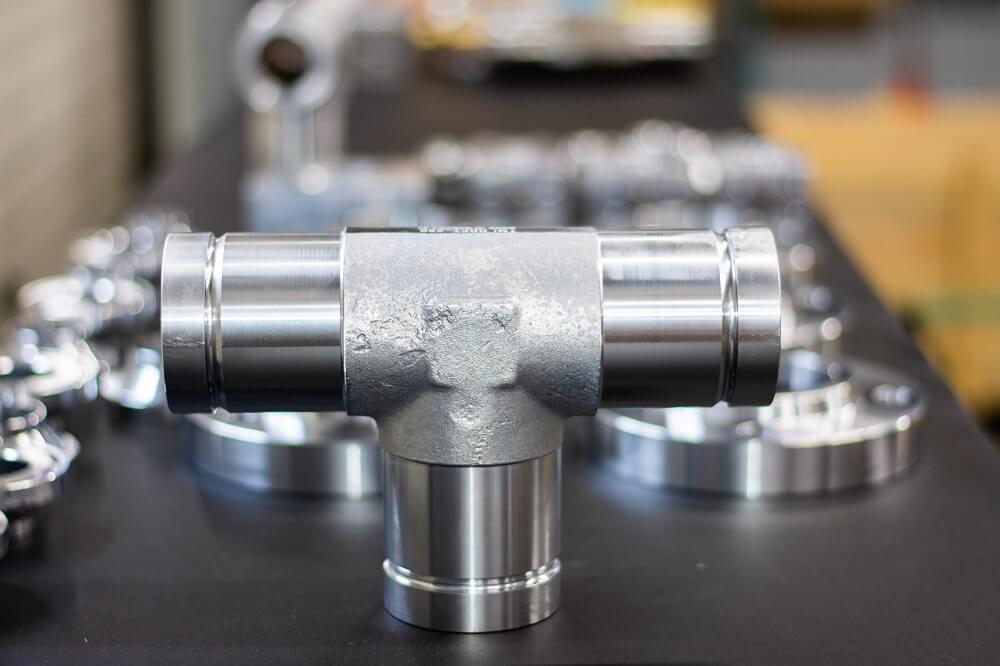Stopping product contamination is one of the main objectives in the curative manufacturing procedure. The stainless steel is used across diverse applications, from generating and storing ultra-pure water, to making specific components and to the tanks where the product constituents are assorted.
Stainless steel is used for its confrontation with chemical reactions as much as its effortlessness of cleaning. But, it’s easy to overlook that even somewhat that looks as unchallengeable and unchangeable as stainless steel requires consistent care, and keep that exactly is deeper than mere surface advent. It is ideal to take stainless steel passivation services to keep all components in the best condition. Below, I’m going to share some benefits of passivating stainless steel.
Passivation Removes Surface Contamination
As you know, one of the stainless-steel qualities is its effortlessness of cleaning. Though, the cleaning procedure itself can generate dangers that can affect its future presentation. The submissive layer is only a few Angstroms (or molecular levels) in width and can be scratched by severe chemical cleaners.
Moreover, it is really vulnerable to mechanical impairment, whether by coarse cleaners or by the tackles used in the cleaning itself. More damage can be upshot from the influence and movement of dry apparatuses within the vessel or piping itself to roughen the chromium oxide, eliminating or wearying it.
Passivation Increases Corrosion Resistance
An additional consequence of the chemical passivation treatment, in addition to removing griminess, is that it also recommences and advances the chromium oxide layer, consequently increasing the steel’s resistance to deterioration. Going elsewhere surface iron, the stainless-steel compound itself is also a source of deterioration hazard.
Over time, metallic ions, including iron, will drift through the voids between the crystals within the metal. Ultimately, iron can pass from the substance alloy, through the central, nickel-rich evolution coat to appear in the passive layer, therefore generating rehabilitated prospects for iron oxide to form. Passivation treatment helps to remove those iron particles before they can cause impairment.
Passivation Decreases the Risk of Product Contamination
Disparate the chrome and chromium oxide, iron is actually chemically volatile and may combine with the water or other elements to produce unsolicited mixtures that can decrease the creation’s effectiveness if not ruin it entirely.
Moreover, passivation not only eliminates any free iron present, but the resolution also binds with other chemicals, permitting them to be uninvolved with the passivating solution and flushed out of the scheme.
Passivation Allows Extended System Maintenance Intervals
By revitalising the chemically passive layer over a consistent schedule of passivation action, the requirement for a total scheme shut down to unsoiled and restore the stainless-steel apparatuses is condensed, therefore enhancing the time between such intermissions.
This encompasses the position of beginning regular passivation handlings closely before contracting a new vessel or system since passivation will eradicate any remains left over from the structure procedure itself.
These are some benefits of taking stainless steel passivation. You can find one of the best metal finishing companies to take stainless steel passivation services, zinc-nickel plating services, sandblasting services, and many others for several applications.


Recent Comments